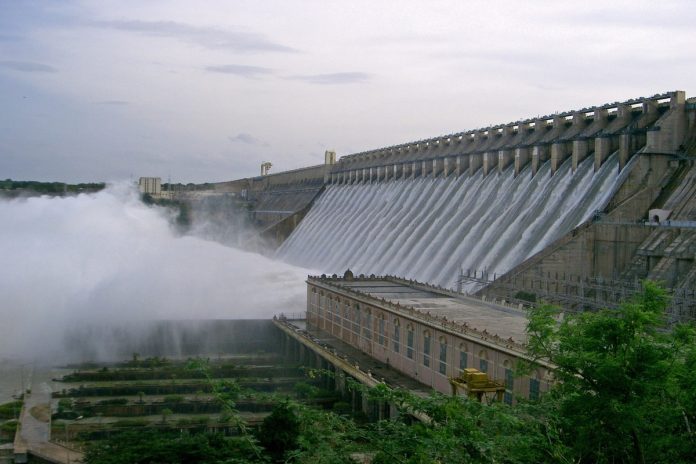In a significant move towards bolstering dam infrastructure, the government of India has earmarked $1 billion for the rehabilitation of approximately 6,000 dams spread across various states.
Debashree Mukherjee, Secretary of the Department of Water Resources, River Development and Ganga Rejuvenation, Ministry of Jal Shakti, revealed this ambitious initiative during a special address at ET Infra’s Leadership Summit.
The move is to improve the safety and operational performance of selected existing dams in the country.
Mukherjee highlighted that the central government is collaboratively working with states to revitalise existing medium and major dams. The allocated funds will be utilised for dam rehabilitation, automation, and maintenance, focusing on structural strengthening, improved automation, and overall dam and reservoir management.
“More than $1 billion will go into dam rehabilitation, automation, maintenance, and this looks at structural strengthening, improved automation, operation and maintenance and a whole range of issues about dam and reservoir management,” stated Mukherjee, reports Economic Times.
India is home to over 5,000 large dams with a storage capacity of more than 300 billion cubic metres. Rainfall, which occurs mainly in intense and unpredictable downpours within short monsoon seasons, is of high temporal and spatial variability and does not meet year-round irrigation and other water demands.
Considering this, storage of water in dams is essential for the country’s economic growth and for the millions of people who rely on their waters to sustain livelihoods. With average annual cost of floods in India estimated at $7.4 billion, many dams are critical in mitigating floods. Their failure could pose serious risks to downstream communities.
Given the critical role dams play in mitigating floods and the potential risks of their failure to downstream communities, the World Bank has emphasised the significance of maintaining these structures.
Mukherjee acknowledged the challenges posed by the management and operation of dams, particularly in the face of climate change-induced variations in rainfall impacting agricultural output.
The $1 billion investment will be distributed across various modes of contracts and service delivery, presenting a substantial opportunity for private sector involvement in infrastructure development over the next five to 10 years.
Addressing groundwater conservation, Mukherjee noted a positive shift in the reduction of extractable groundwater resources at the national level.
Despite being the world’s largest extractor of groundwater, India has witnessed a reversal in the continuous decline of extractable resources since 2019. This turnaround is attributed to favourable monsoons over the past six years and a concerted effort to recharge groundwater, particularly in states like Maharashtra and Gujarat.
Mukherjee emphasised the need for continued focus on groundwater conservation in northern states, recognising it as a priority area for sustained progress.


